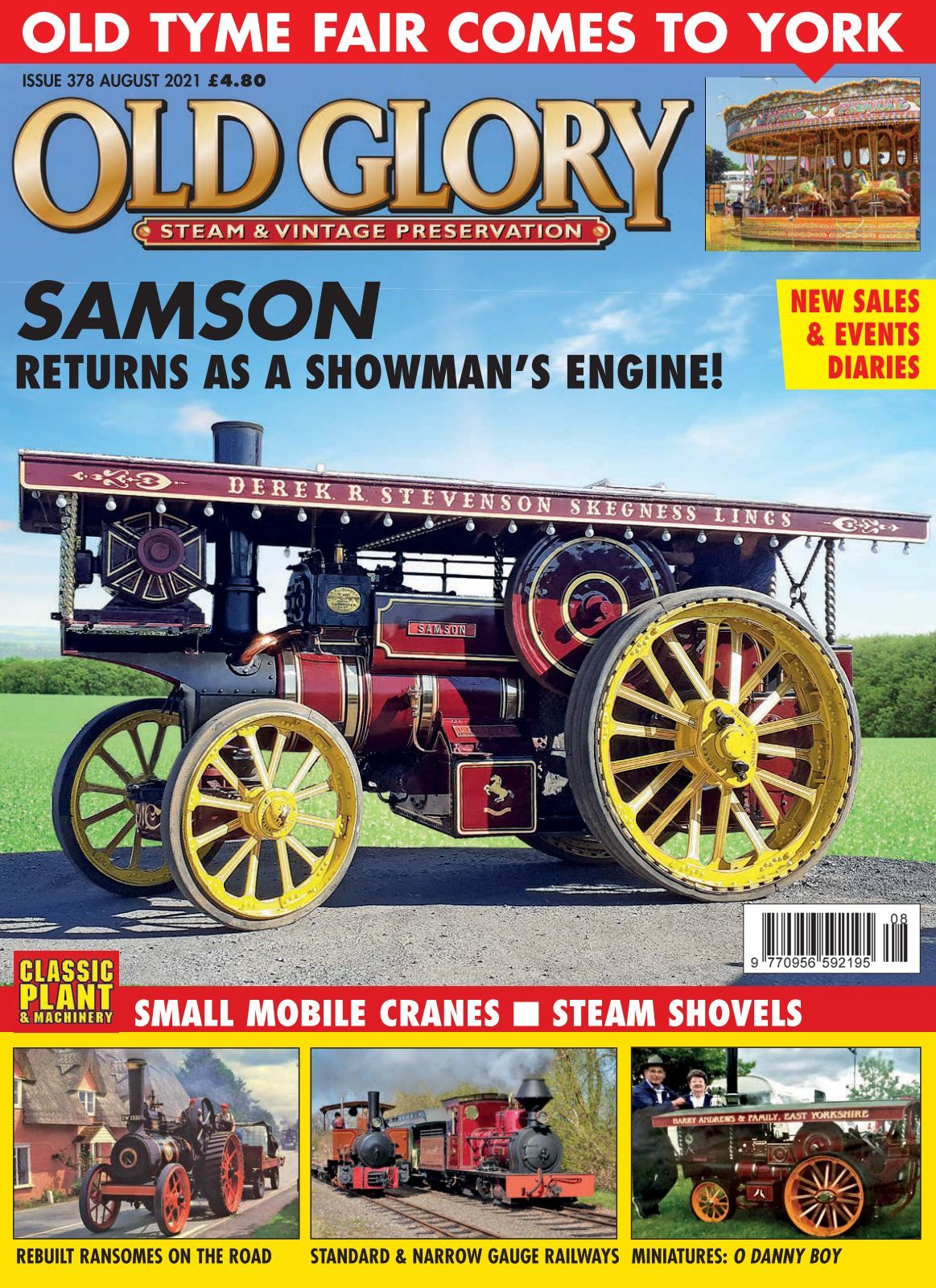
This was merged in 1853 into what became known as the Royal School of Mines. The earliest college that led to the formation of Imperial was the Royal College of Chemistry, founded in 1845, with the support of Prince Albert and parliament. Main article: History of Imperial College London 19th century Student, staff, and researcher affiliations include 14 Nobel laureates, 3 Fields Medallists, 2 Breakthrough Prize winners, 1 Turing Award winner, 74 Fellows of the Royal Society, 87 Fellows of the Royal Academy of Engineering, and 85 Fellows of the Academy of Medical Sciences. Imperial has an international community, with more than 59% of students from outside the UK, and 140 countries represented on campus. The college was a member of the University of London from 1908, becoming independent on its centenary. Facilities also include a research field station at Silwood Park and teaching hospitals throughout London. The main campus is located in South Kensington, and there is an innovation campus in White City. The college focuses exclusively on science, technology, medicine, and business. In 2004, Queen Elizabeth II opened the Imperial College Business School. In 1988, the Imperial College School of Medicine was formed by merging with St Mary's Hospital Medical School.

In 1907, Imperial College was established by Royal charter, unifying the Royal College of Science, Royal School of Mines, and City and Guilds of London Institute. Imperial grew out of Prince Albert's vision for a cultural centre in South Kensington, including the Royal Albert Hall, Victoria and Albert Museum, Natural History Museum, and Royal Colleges. Imperial College London (legally Imperial College of Science, Technology and Medicine) is a public research university in London. Global Alliance of Technological Universities.


 0 kommentar(er)
0 kommentar(er)
